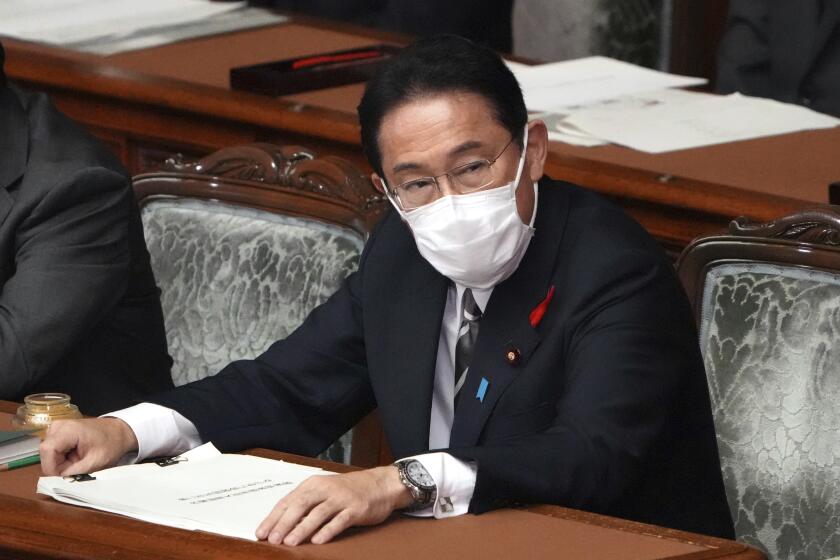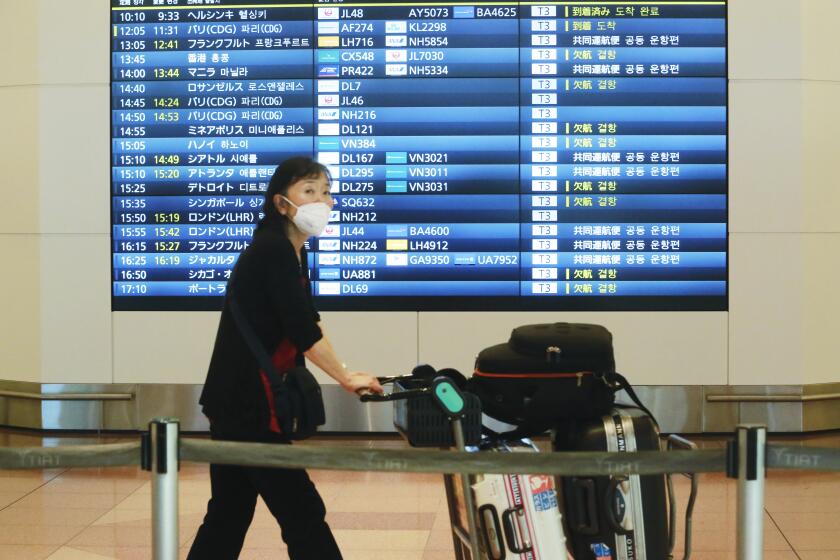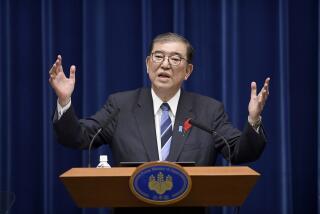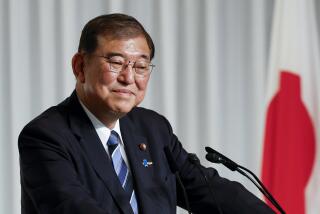Japanâs Kishida confirmed again as prime minister by parliament
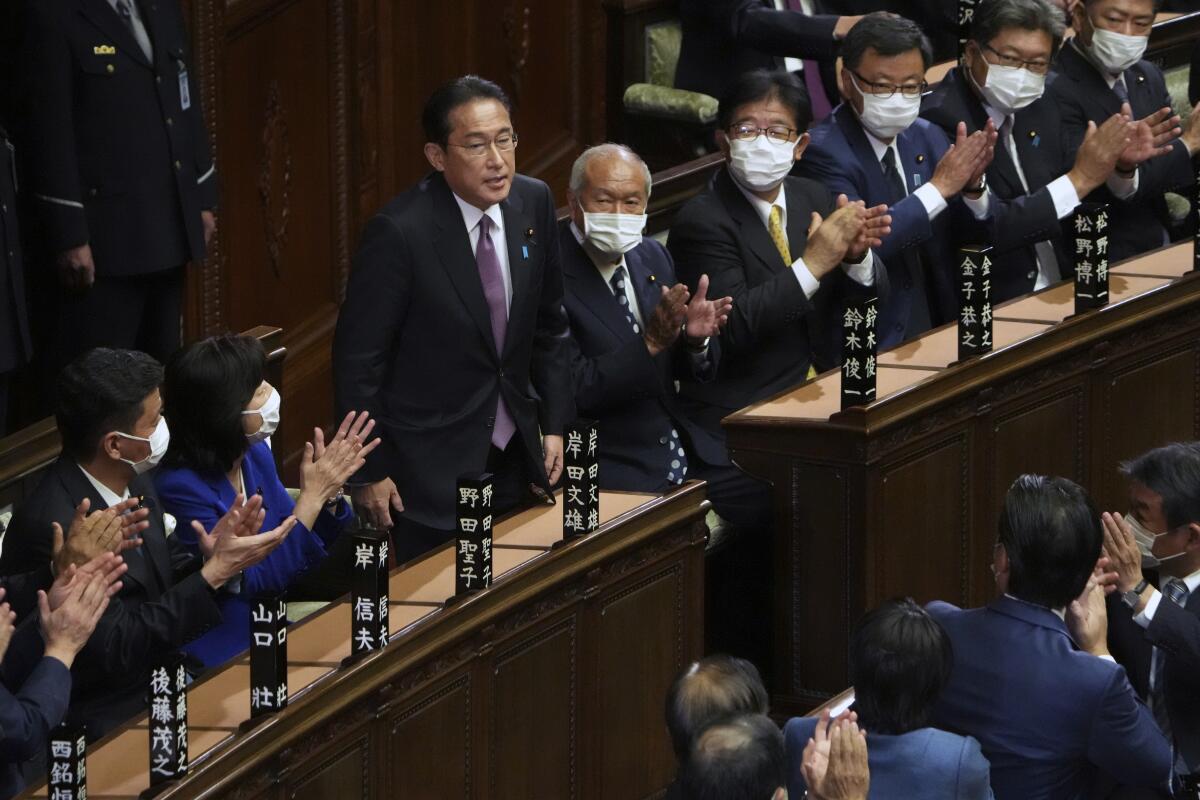
TOKYO â Fumio Kishida was reelected as Japanâs prime minister Wednesday after his governing party scored a major victory in key parliamentary elections.
First confirmed as premier by parliament just over a month ago, Kishida called a snap election to try to win a wider public mandate. His party, the governing Liberal Democrats, secured 261 seats in the 465-member lower house â the more powerful of Japanâs two-chamber legislature â enough for him to maintain a free hand in pushing legislation.
The Oct. 31 victory increased his grip on power and is seen as a mandate to tackle Japanâs pandemic-battered economy, coronavirus measures and other challenges. Kishida said he saw the results as a signal that voters wanted stability over change.
âNow I will focus on promptly tackling various policy measures,â Kishida said after his reelection.
He formed his second Cabinet on Wednesday, keeping all but one of the ministers he appointed when he first took office Oct. 4. After a palace ceremony, Kishida is expected to map out his economic measures and other key policies at a news conference.
Kishida was anointed party leader a month ago by fellow Liberal Democrats who saw him as a safe, conservative choice. They had feared heavy election losses if then-Prime Minister Yoshihide Suga stayed in power. Suga resigned after only a year in office as his popularity plunged over criticism of his handling of the pandemic and his insistence on holding the Tokyo Olympics despite concerns of a coronavirus surge.
In his first policy speech, new Prime Minister Fumio Kishida promised to improve Japanâs pandemic response, revive the economy and bolster defense.
The better-than-expected results in the Oct. 31 election may give Kishidaâs government more time to fulfill its campaign promises, including COVID-19 control, economic revitalization and strengthening Japanâs defense capability.
Kishidaâs grip on power also may be strengthened by his Cabinet changes.
A key policy expert from his party faction, former Education Minister Yoshimasa Hayashi, will be the new foreign minister, while former Foreign Minister Toshimitsu Motegi will shift to the governing partyâs No. 2 post. Motegi voted for Kishida in the party leadership race and will replace party heavyweight Akira Amari, who resigned from the post over his unimpressive election result because of a past bribery scandal.
Although many of Kishidaâs ministers are first-timers, key posts went to those from influential party wings, including those led by ultra-conservative former Prime Minister Shinzo Abe and former Finance Minister Taro Aso.
Experts attribute the drop in COVID-19 infections and deaths to vaccinations, widespread mask-wearing and use of disinfectants, among other reasons.
Kishida promised to create a reinforcing cycle of growth and improved economic distribution to raise incomes under his ânew capitalismâ economic policy.
His immediate post-election task is to compile a major economic stimulus package of about 30 trillion yen ($265 billion) that includes cash payouts, to be announced next week. He also aims to pass an extra budget by the end of this year to fund the projects.
Kishida is also expected later this week to outline his pandemic measures ahead of another possible surge in coronavirus cases, which could affect his support ratings.
As a former foreign minister, Kishida will continue to prioritize the Japan-U.S. security alliance and promote a vision of a âfree and open Indo-Pacificâ with other democracies, including the U.S., Australia and India. Kishida has stressed the importance of a stronger military amid worries over Chinaâs growing power and influence and North Koreaâs missile and nuclear threats.
He has opposed changes to a law that requires married couples to adopt a single surname, which forces most women to abandon their maiden names. The Liberal Democrats are widely seen as opposed to gender equality and diversity.
More to Read
Sign up for Essential California
The most important California stories and recommendations in your inbox every morning.
You may occasionally receive promotional content from the Los Angeles Times.
